The Honda Sustaina-C Concept shows a possible future of EVs built with finite resources.
Honda, like other Japanese car companies, are struggling to find their place in the electric vehicle marketplace. They’ve shown multiple visions for this, including the retro-futuristic Honda e, the US-market Prologue, the very left-field 0 Series, the HR-V derived e:N1 (and the prototype that may have inspired it), a possible tie-up with Sony and just yesterday the China-exclusive Ye series of EVs. They’re not done yet. They also showed the Sustaina-C Concept at the 2024 Japan Mobility Show.
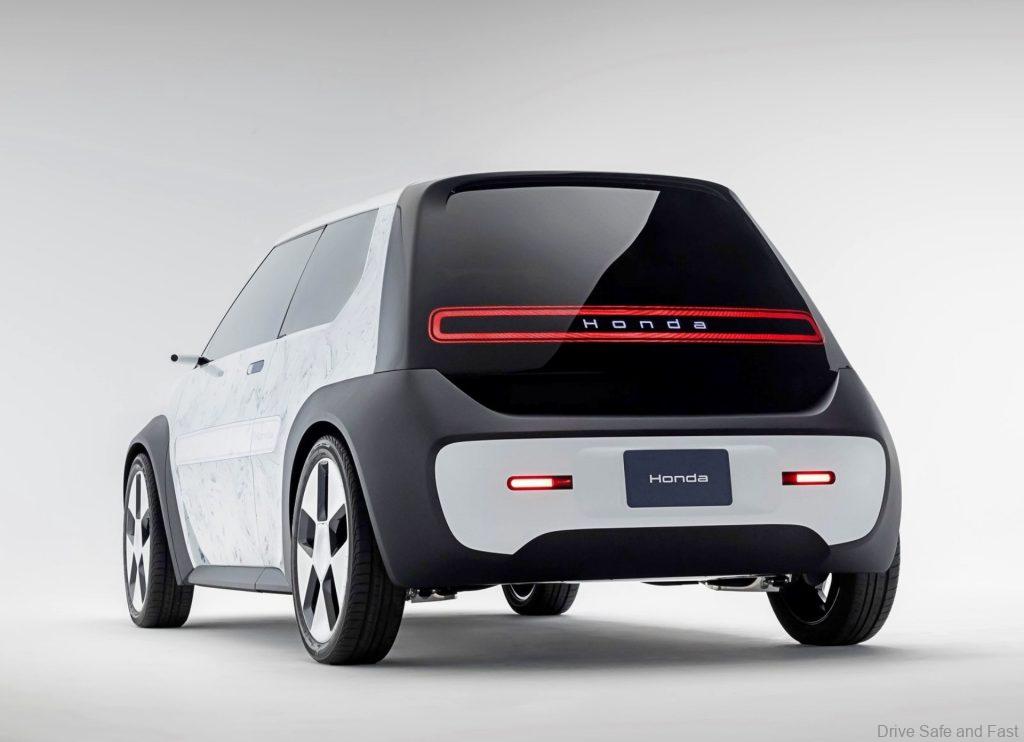
The Honda Sustaina-C Concept is a bold exploration of how society can break free from the constraints of finite resources. At the heart of the Sustaina-C Concept is its innovative use of recycled materials. The exterior panels are manufactured using recycled acrylic resin sourced from second-hand taillights, eliminating the need for traditional painting processes. This unique approach not only reduces emissions during production by up to 45%, but also introduces a distinctive, unpainted finish that sets the Sustaina-C apart.
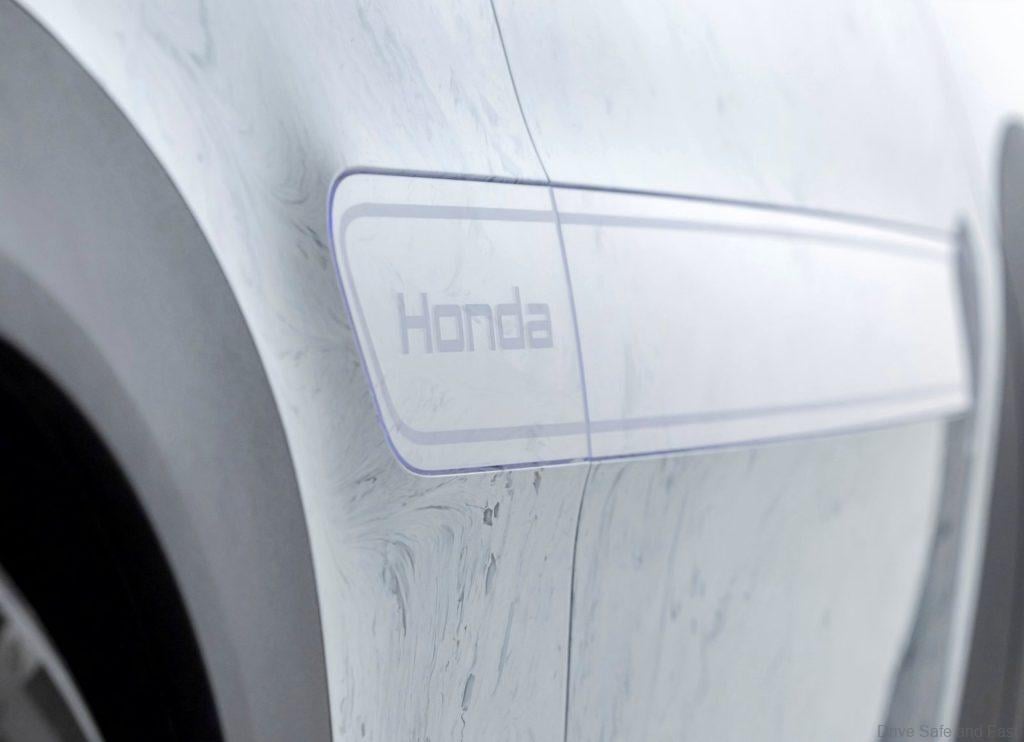
The advantages of this material solution extend beyond environmental benefits. The acrylic resin panels demonstrate impressive crack resistance and the ability to return to their original shape after light collisions, ensuring enhanced safety and durability. Furthermore, the material’s excellent weather resistance and minimal degradation from sunlight guarantee a long-lasting, visually striking appearance.
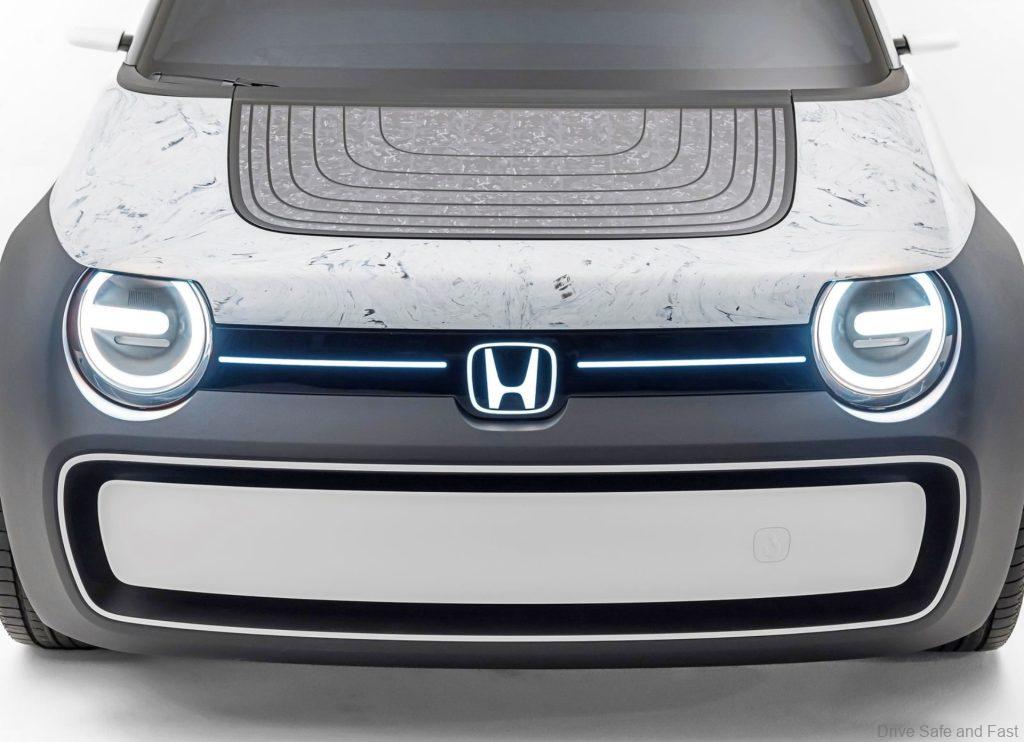
Pushing the boundaries of design, the Sustaina-C Concept features a tailgate that takes inspiration from smartphone screens. By capitalizing on the transparent properties of the acrylic resin, the tailgate has been crafted as a single, seamless panel. Equipped with Mini LED display lights, this innovative feature allows the vehicle to communicate with other road users through various imagery and text messages, opening up new possibilities for exterior design and vehicle-to-vehicle interactions.
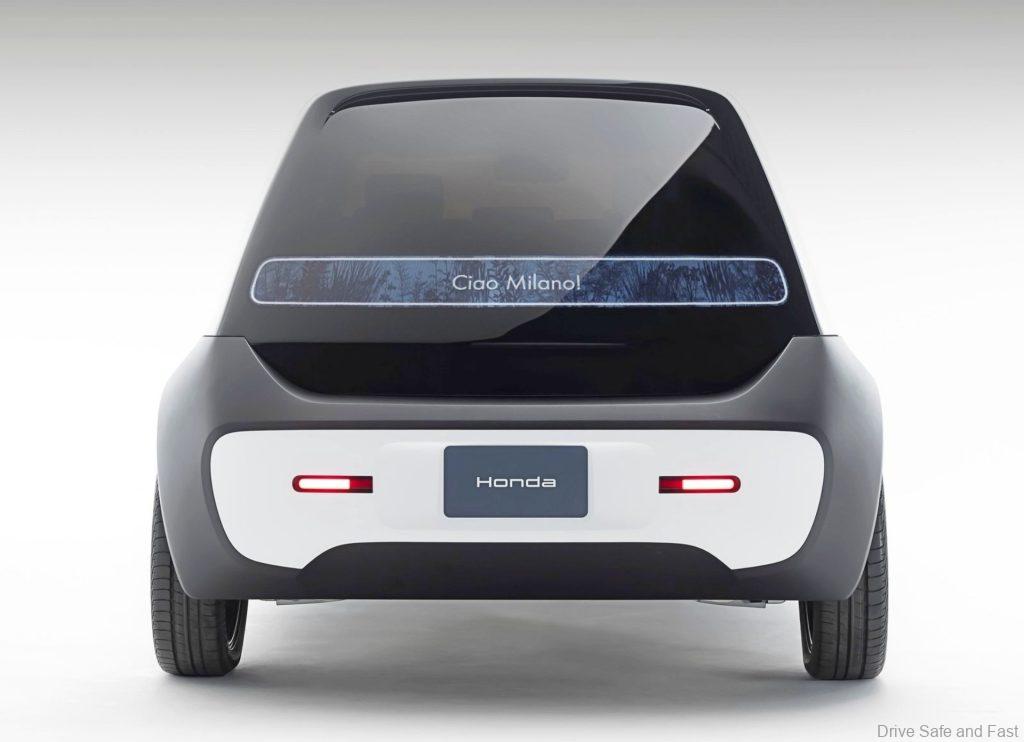
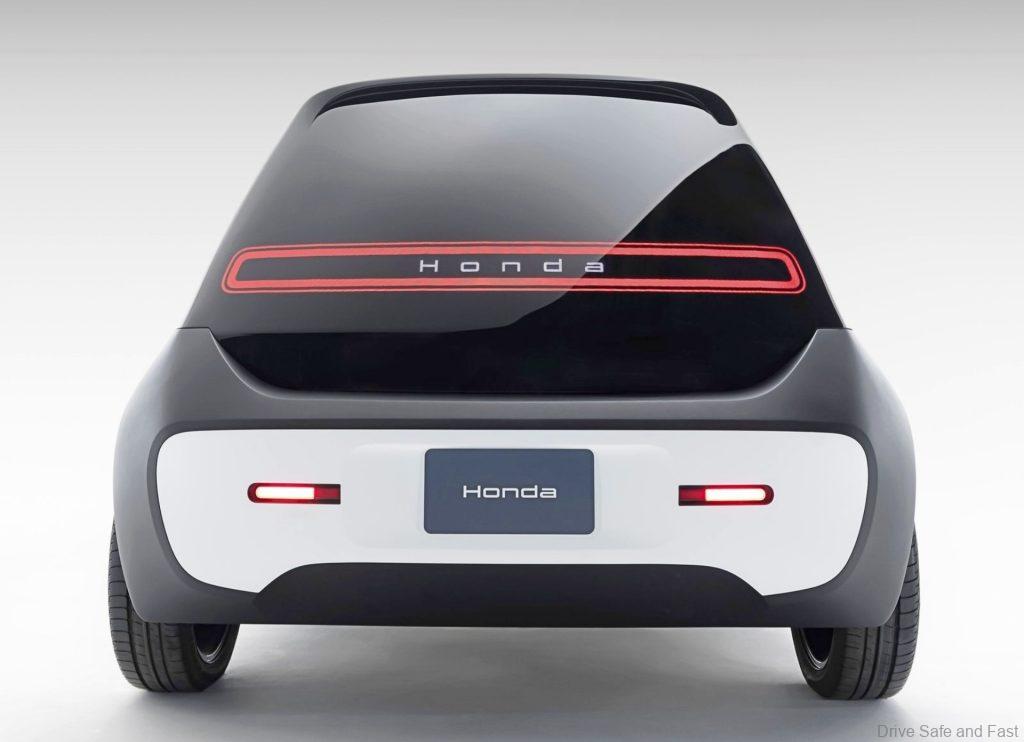
The Sustaina-C Concept’s commitment to sustainability extends beyond its physical attributes. The development of this vehicle has been a collaborative effort between Honda and Mitsubishi Chemical, with the aim of establishing a circular value chain for vehicle components. When the second-hand taillights are sourced from end-of-life vehicles, they undergo a process of crushing, treatment, and molding to create the panels for the Sustaina-C. This approach is a testament to Honda’s exploration of advanced recycling technologies and its vision for a more energy-efficient, low-carbon future.
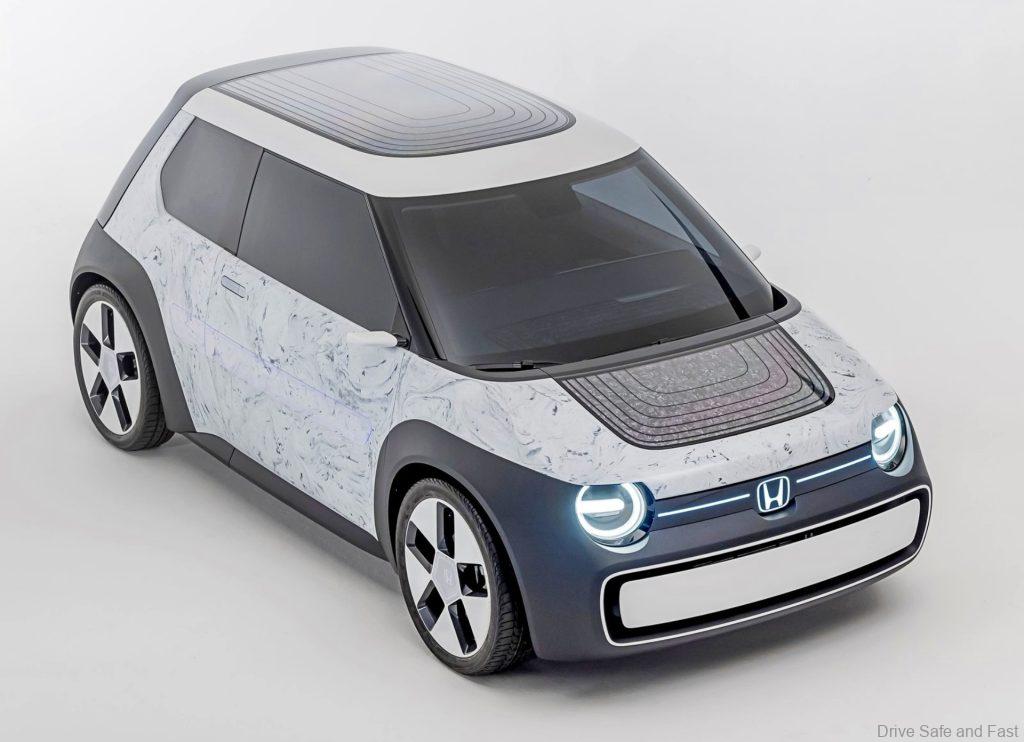
“The concept model for an electric vehicle that could potentially free us from the restraints of finite resources,” as Honda describes it, the Sustaina-C Concept embodies the brand’s commitment to responsible mobility. By addressing the rising need for environmental measures on a global scale, the Sustaina-C seeks to strike a balance between the joy of freely moving around (EGO) and environmental friendliness (ECO).
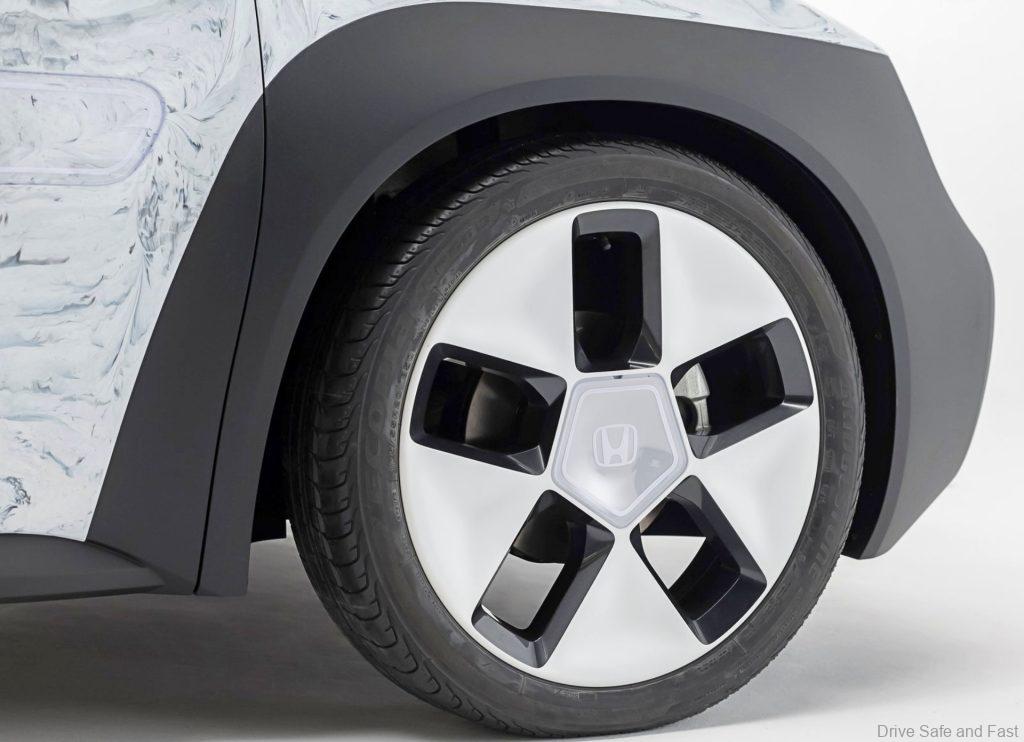
As Honda continues its journey towards achieving its “Triple Action to ZERO” goal by 2050, the Sustaina-C Concept serves as a glimpse into the brand’s vision for a future where environmental concerns and personal mobility can coexist harmoniously. Through innovative use of recycled materials, advanced technologies, and a focus on sustainability, Honda is paving the way for a more responsible and enjoyable driving experience.



